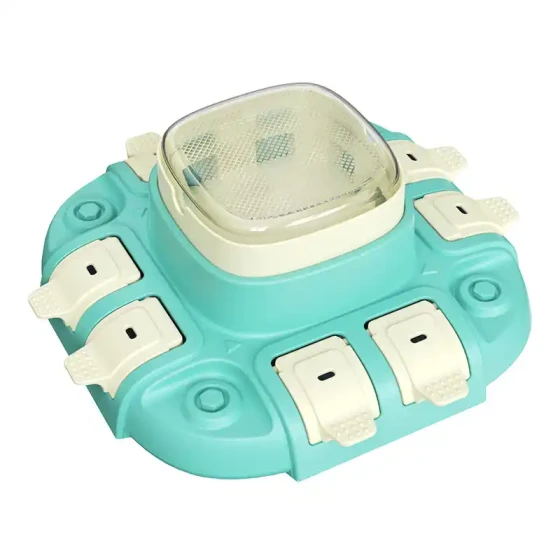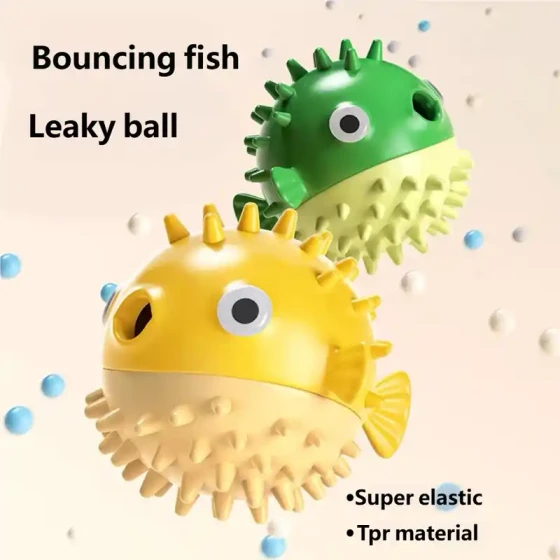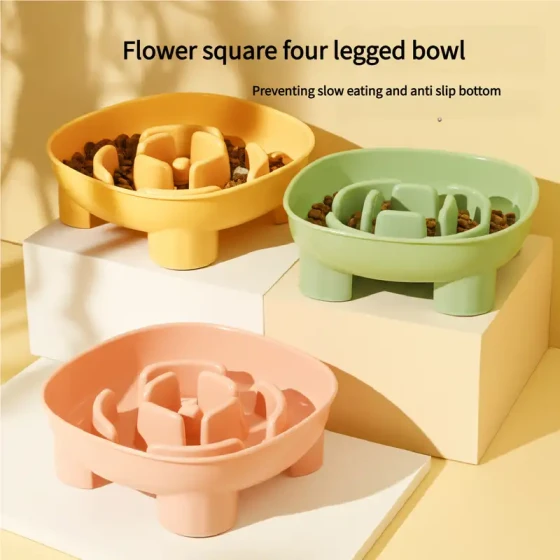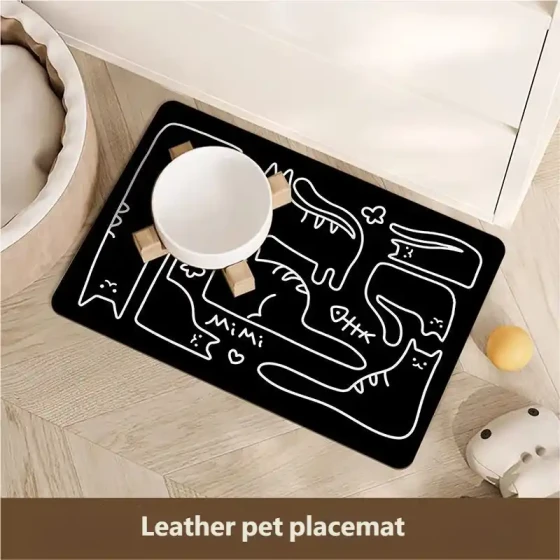Feeding Points of the Australian Terrier

Australian Terrier
The healthy diet for the Australian Terrier should mainly be homemade food or purchased dog food. Generally, commercial dog food formulas have certain scientific basis and special processing techniques, allowing the products to be preserved for a long time. The types include dry pellets, porridge-like, canned with moisture, etc. Among them, dry pellet dog food is the most common and relatively inexpensive, and can be preserved for more than 60 days even after opening the package. Most people who feed commercial dog food choose this type. Porridge-like dog food is difficult to preserve and takes up more space; although it tastes good and is suitable for puppies, it is hard to find. Canned dog food is nutritious and tastes good, but costs about 10 yuan per day, making it relatively expensive.
Currently, due to issues with technology and taste, Chinese-produced dog food has not been widely adopted, so most people prepare it themselves. This easily causes incomplete nutrition or loss of nutritional components due to improper formulation, or may lead to diseases caused by the dog’s picky eating habits. To ensure healthy growth, according to nutritional needs, various feed ingredients should be mixed in specific proportions to make more nutritionally complete dog food.
Formula 1: 50% meat, 40% grains, 10% vegetables, 10 grams of salt per kilogram, cook these ingredients into food balls and feed in portions.
Formula 2: 30% meat, 70% rice, wheat, vegetables, etc., 10 grams of salt per kilogram.
Formula 3: 10% rice, 10% cornmeal, 10% sorghum flour, 10% bean cake, 10% bran, 2% bone meal, 6% fish meal, 22% meat, 20% greens, 10 grams salt per kilogram.
Formula 4: 20% meat, 10% rice, 15% flour products, 20% vegetables, 10% milk residue, 5% animal fat, 2% fish liver oil, 3% yeast, 5% carotene, 10% bone meal, 10 grams salt per kilogram.
When preparing dog food, the issues to pay attention to are: first, nutrition should be comprehensive and not judged by price or quantity alone. If protein and fat content is too high, dogs easily become obese and it is uneconomical. More carbohydrates and fiber, which dogs find hard to absorb, should be added in the mix. Do not feed the same formula for a long time, as this easily leads to picky eating and loss of appetite. Try to change formulas every week.
Additionally, cooking should be done like preparing meals for humans, paying attention to hygiene and heat control. This can avoid digestive diseases, improve appetite, allow the dog to finish eating quickly, and avoid food spoilage. Animal offal can be chopped and mixed in; on the one hand replacing meat, and on the other enhancing flavor to make the dog eat more. Don't add too much salt, as dogs prefer milder flavors than humans. Adding seasonings can ruin the taste of dog food and be counterproductive. Vegetables must be washed and chopped finely; otherwise, fiber cannot be absorbed well. For different dogs, feed composition can be flexibly adjusted, but overall aim for rich nutrition and dog preference.
Feeding and Raising the Australian Terrier
During feeding the Australian Terrier, many factors affect its appetite, so it's important to observe the dog's eating condition. Generally, many reasons affect the dog's appetite, but the main three are:
1. Feed issues: First, dogs refuse to eat due to monotonous, stale, or off-smelling feed. Second, feed containing large amounts of chemical flavorings, or aromatic, spicy, or other irritating odors, as well as extremely sweet or salty foods, all affect the dog's appetite.
2. Inappropriate feeding environment, such as strong light, noise, competition among several dogs, presence of strangers or interference from other animals.
3. Disease: If the above issues are ruled out but appetite does not improve, consider illness. Observe if there are any abnormal symptoms on the dog’s body and seek veterinary care if problems are found.
4. Overindulgence can also cause irregular eating habits; frequently giving snacks makes dogs prone to appetite loss. Especially avoid giving snacks before meals.



-560x560.webp)

